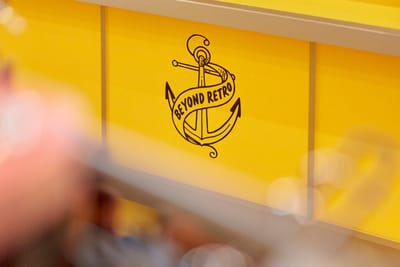When Accelerating Circularity first set out its mission, the goal was clear: test whether post-consumer textiles could flow through production-scale systems and emerge as commercially viable fabrics. After years of work across the U.S. and EU, that vision has taken form in the organisation’s newly released Lookbook of circular materials.
“Our goal has always been to pressure test the ability to run production scale post-consumer products through the value chain,” explains Founder and President Karla Magruder. “Through our trials we learned which products and processes had an opportunity to get products to market.”
The fabrics showcased in the Lookbook are composed of 40% recycled fibres—half post-consumer, half post-industrial—combined with 60% virgin material, all tested against critical industry performance benchmarks. Developing that blend was not without challenges. “The fibre content of our products was developed through consultation with key players in the value chain including the collector, recycler, yarn spinner and brands,” says Magruder. “Each organisation brought their expertise to the project which resulted in knits and denim fabrics.”

“The fabrics are real. There are aspects of circularity that can be implemented today, like these fabrics. If recycled materials are purchased we will create demand for the feedstocks, the systems will be developed and innovations will be commercialised.”
- Karla Magruder
Conducting trials on both sides of the Atlantic also revealed important nuances. “Although many mechanical recyclers were comfortable with using post-industrial materials, post-consumer materials were new,” she notes. “Typically, the U.S. has higher volume requirements than the EU, which we found to be true in our work, especially on yarn spinning. Europe is also much more willing to develop a wider range of styles.”
For brands and product teams, the Lookbook is intended as a practical tool rather than a theoretical guide. “The Lookbook provides real life examples of what can be produced with recycled materials along with third party testing,” says Magruder. “There’s no reason not to adopt these fabrics or develop similar fabrics by using our guidelines.”
This spirit of collaboration runs through every part of the initiative. “The whole project is an example of collaboration from fibre blends to performance specifications and fabric constructions,” says Magruder. “The Accelerating Circularity team has extensive textile supply chain experience which allows us to understand the current system. We pooled this knowledge with experts in each area with the goal of obtaining positive outcomes.”
The launch also advances Accelerating Circularity’s Clinton Global Initiative Commitment to divert 325 tons of textiles from landfill and incineration. “The materials that were adopted and those that will be adopted will all contribute to the total volume,” says Magruder. “We’re also working with the industry to identify materials that have been diverted from waste streams into textile-to-textile recycling.”

For Magruder, the Lookbook helps shift circularity from a distant aspiration to a present-day reality. “The fabrics are real. There are aspects of circularity that can be implemented today, like these fabrics,” she explains. “If recycled materials are purchased we will create demand for the feedstocks, the systems will be developed and innovations to improve the process will be commercialised. This is how the gaps will be connected and why collaboration is so important for circularity. Each step is dependent on the next.”
Performance has long been a sticking point for companies hesitant to integrate recycled content, but Accelerating Circularity has addressed that head-on. “Back to collaborating with stakeholders, we worked in both regions to identify key specifications and set those as our targets,” says Magruder. “You can see the test results on the fabrics in the Lookbook. While not all are perfect, most are within range.”
Looking ahead, Magruder is particularly focused on innovations in sorting and preprocessing. “We’re looking forward to learning about the actual capabilities of automated sorting and preprocessing at a commercial level,” she says. “Most people think of innovation on the fibre side. Without the innovation to provide targeted feedstock, circularity will not scale.”
And her advice to companies still hesitant to make the switch? “Use incumbent processes that are already commercial while pushing them forward,” says Magruder. “For example, adding the post-consumer in mechanical recycling in addition to the post-industrial.”
The Lookbook is more than a collection of swatches—it is a proof of concept that circular textiles can flow at scale today, with the potential to reshape sourcing and sustainability strategies across the industry.
Download the Lookbook here.






